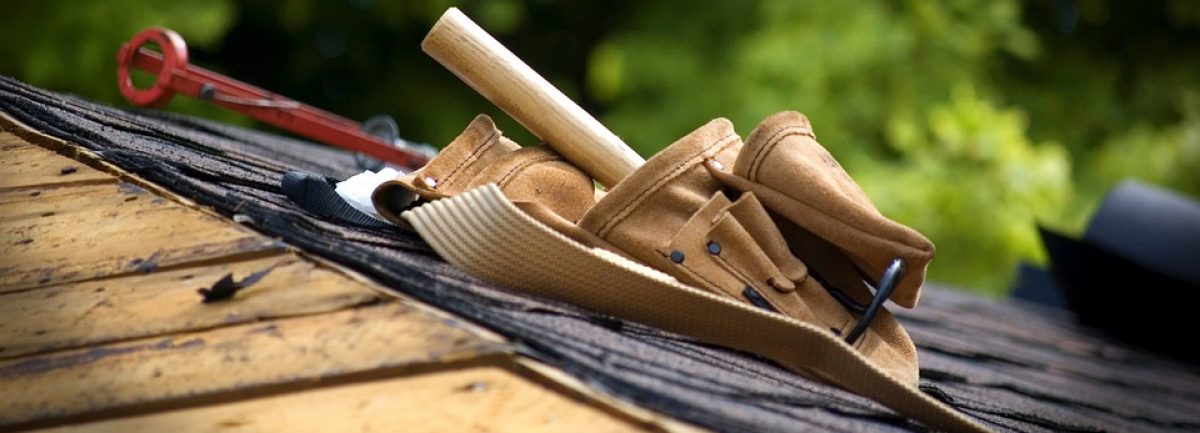
Rubber roofs are gaining popularity very quickly these days, owing to the great features and benefits they offer not only for commercial and industrial buildings, but also for low-sloping or flat residential roofing. The lightweight material is durable, easy to install and the results are pleasing to the eye – here are the advantages offered by rubber roofs in more detail.
What is Rubber Roofing?
Rubber roofing is a solution that uses one or multiple sheets made from ethylene propylene diene terpolymer, a synthetic rubber made from recycled rubber, sawdust and slate that is virtually impermeable and very strong. The material used to come only in large, dark-colored sheets, but it is nowadays available in smaller, shingle-like pieces as well and it also comes in various color versions.
A Light-Weight and Durable Solution
The synthetic material used for making rubber roofing is lightweight and flexible, but very resistant to the elements and durable. The rubber roofs made from larger sheets are almost completely seamless, which adds even more weather-resistance. The material is resistant not only to extreme heat and cold and to water, but to combustion as well, the only form of impact that can damage it being puncturing.
Rubber roofs stand out in terms of longevity as well. Typically, a rubber roof that has been properly installed and is suitably taken care of can be expected to live for at least 30-50 years according to commercial roofing San Antonio professionals.
Easy Installation
Rubber roofs can be installed quickly and efficiently, without requiring too much specialized knowledge or experience. There are several methods available:
- they can be fully adhered, fastening the rubber sheets to the underlying roof structure with special adhesives;
- mechanical fastening;
- loose-laying, a method that fastens the sheets by applying adhesive only at the margins and keeping the rest of the sheets pressed against the roof with ballast, river rock or concrete pavers placed on the sheets.
Easy Repair and Low Maintenance
Rubber roofs require very little maintenance – other than six-monthly inspections and cleaning, rubber roofs don’t need any special attention. The problems detected on rubber roofs are also very easy to repair – in most cases, they can be remedied with some liquid rubber.
Energy Efficiency
Rubber being the excellent insulator that it is, rubber roofs contribute a lot to maintaining the energy balance of the buildings that they are installed on. The energy-efficiency of the roof can be further enhanced by choosing its color in line with the climate conditions in the area of installation – lighter colors reflect the sun’s rays and heat, so they are more suitable for hot climate areas, while darker colors absorb heat, making them suitable for cold regions.
Environment Friendly Solutions
The rubber used for making roofing materials comes from old tires and other types of rubber waste and the coatings used for adding more durability and resistance to the rubber also come from recycling, so rubber roofs offer building owners the durability and the resistance they need, while also giving them the peace of mind that the environmental footprint of their roofs is reduced to the minimum.
Check out Ultimate Roof Coaters Flat Roof Repair Experts in Chicago
